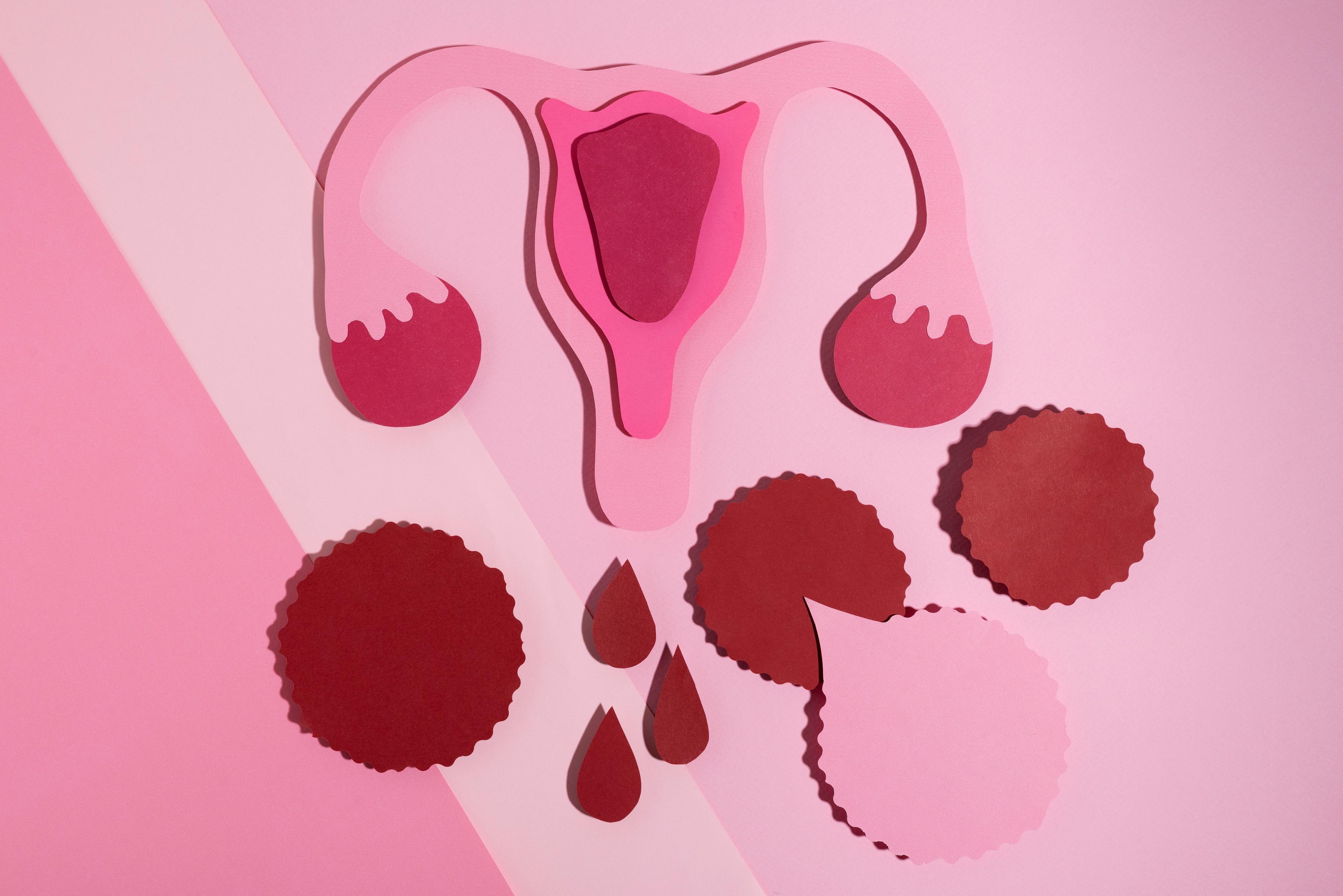It's completely normal for women to have vaginal discharge. In fact, women typically produce 1 to 3 ml of vaginal discharge every day. However, if you notice an increase in the quantity, or experience itching or a foul odour, it might be a sign that something's wrong.
This article seeks to address what's considered normal and what's not for vaginal discharge. Keep reading to learn more!
What's Normal
The vagina is referred to as a self-cleaning organ for a reason. It produces mucus and fluids that keep it clean and help to prevent infections. This is quite similar to how your eyes produce tears to protect and clean them everyday.
Each woman's discharge may vary based on factors like birth control pills, ovulation, and pregnancy. But normal vaginal discharge typically comes in three different forms:
- Clear-watery discharge: This discharge appears as a clear and watery fluid. It is a result of the good bacteria in the vagina producing acidic secretions, which fight off harmful bacteria and remove dead cells. The amount of this discharge can increase or decrease, depending on changes in estrogen levels.
- Egg-white discharge: Around ovulation, you might notice a stretchy, egg-white discharge on your panties. This is a sign that you're fertile and it is perfectly normal, as long as it isn't accompanied by itching, pain, or a foul smell.
- Creamy discharge: Just before or after the egg-white discharge is released, you may see a milky or creamy variety. This discharge is also produced around ovulation and it is considered normal.
In summary, you shouldn't worry about your vaginal discharge if it:
- Doesn't have a strong or unpleasant smell
- Isn't associated with itching or irritation
- Looks clear and watery
- Has a stretchy, egg-white consistency
- Is milky with no strong odour
What's Not Normal?
Abnormal vaginal discharge has certain characteristics that are different from the usual with respect to colour, smell and consistency.
Colour
- Bright yellow or green discharge: This is usually a sign of a bacterial or sexually transmitted infection.
- Gray: Gray vaginal discharge is a sign of a bacterial infection called bacterial vaginosis. It is usually accompanied by redness of the vulva, itching, irritation and a strong odour
- Red: If you're on your period, red discharge is nothing to worry about. However, seeing a red discharge when you're not menstruating could be a sign of cervical polyps, infection, or even endometrial cancer.
- Pink: Pink-like discharge before or after menstruation has been associated with implantation bleeding in early pregnancy.
- White: White discharge is usually normal, unless it is thick and has a strong odour. In this case, it is most likely due to a yeast infection or a sexually transmitted infection.
- Brown: Brown discharge is simply old blood that's often seen during periods. However, it can also be linked to certain conditions like ectopic pregnancy, miscarriage, adenomyosis, or Polycystic Ovary Syndrome (PCOS).
Smell
- Fishy: Vaginal discharge with a fishy smell might be a sign of bacterial vaginosis or trichomoniasis. Trichomoniasis is a sexually transmitted infection that can cause itching, burning, redness or soreness, urinary discomfort, and a yellowish or greenish vaginal discharge.
- Strong odour: A foul odour, not necessarily fishy, could indicate a yeast infection or an STI.
Consistency
Vaginal discharge that is foamy, chunky or unusually thick is most likely not normal. For instance, a chunky, cheese-like discharge is a sign of a yeast infection.
Understanding the characteristics of vaginal discharge is very important. If you notice any abnormal signs, you should book an appointment with your doctor as soon as possible.
For more medical advice or clarification, you can ask a North doctor your health-related questions or start a free online consultation.
